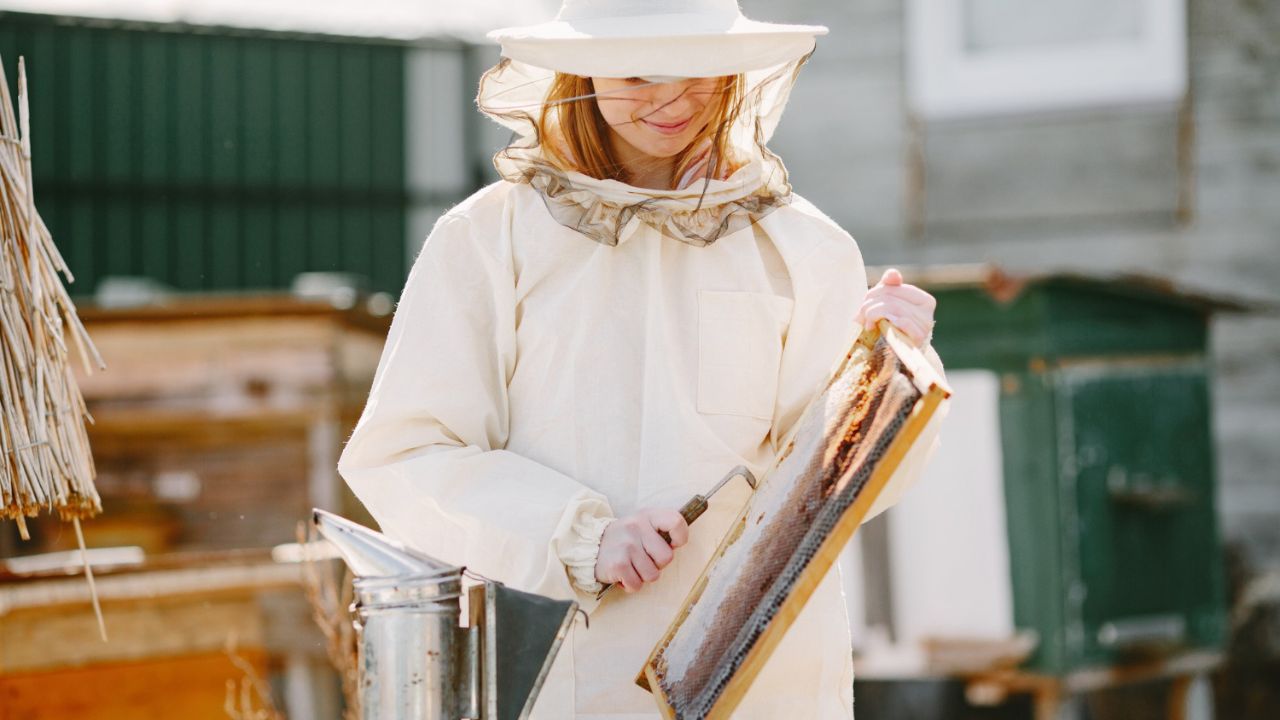Hands-on food trips turn fields and docks into classrooms. These experiences teach real steps, from pasteurizing milk at 161°F to tempering chocolate at 88–90°F. You will learn why seasons matter, like apple pressing in September, or oyster safety tags that list harvest dates. Instructors cover knives, heat, and storage so meals taste great and stay safe. Wear closed-toe shoes, tie back hair, and follow posted farm rules. Most classes run rain or shine, so bring layers and a refillable bottle.
1. Oyster Shucking on Tomales Bay, California
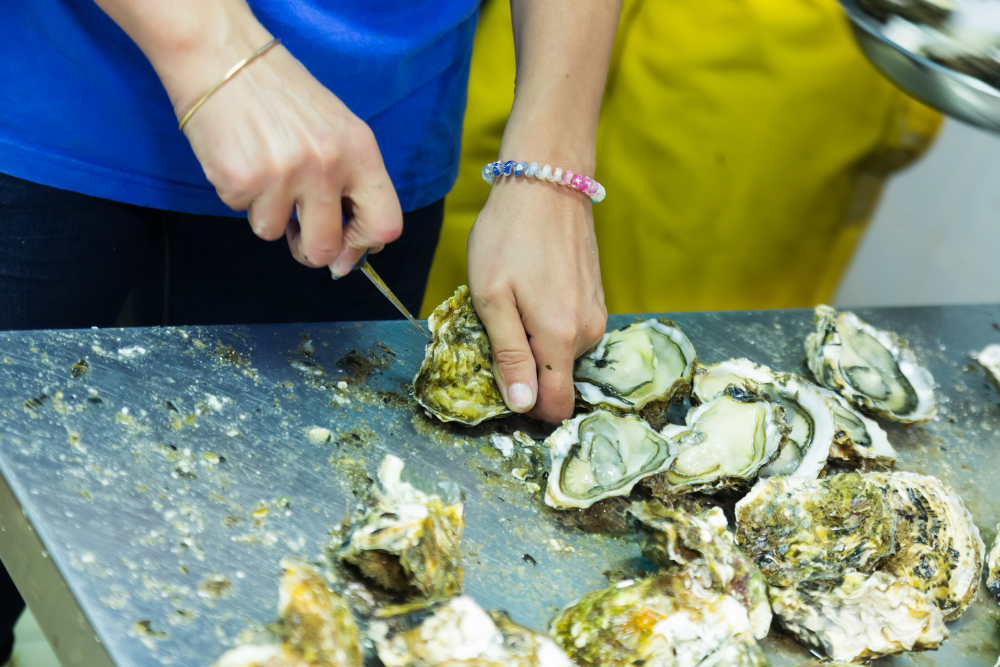
Tomales Bay oyster classes pair a skiff tour with safe shucking on shore. You learn to chill shellfish below 40°F, check harvest tags that show date and certified waters, and discard any gaping oysters. Instructors teach hinge entry with a short knife and cut resistance gloves. The Pacific water often sits near 50–55°F, so hot chowder hits the table fast. You will squeeze lemon, make mignonette, and set a simple ice bed. Stay on docks, not loose rocks, and never wade where boat traffic moves.
2. Vermont Farmstead Cheesemaking and Tasting
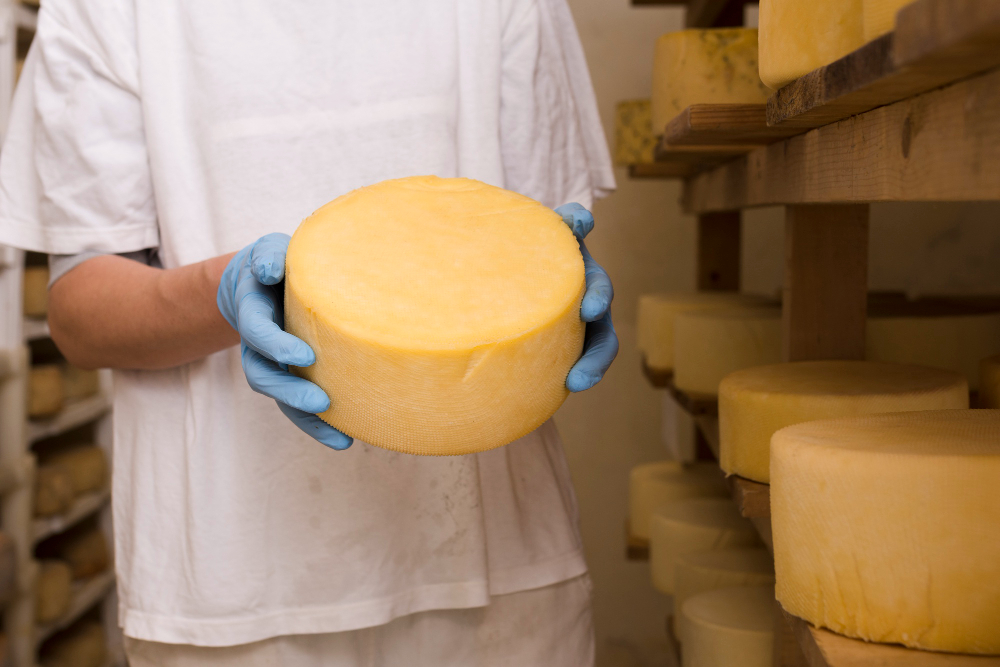
This creamery workshop starts in the parlor, then heads to the vat. You test milk, heat to 161°F for 15 seconds for HTST pasteurization, and learn why federal rules require raw milk cheese to age at least 60 days. Curds are cut, stirred, drained, and salted, then you pull a small mozzarella to enjoy warm. The barnyard tour explains feed and temperature logs. Close gates, wash hands before handling food, and keep phones tucked away near mixers and agitators that spin at high speed.
3. Asheville Beekeeping and Honey Kitchen, North Carolina
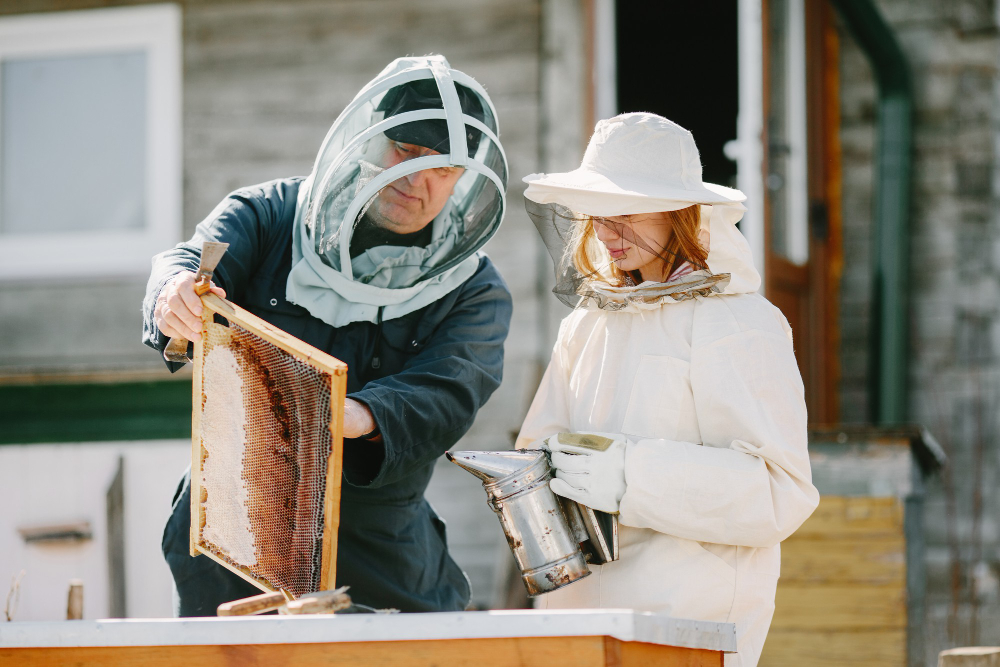
On warm days above 60°F, bees fly and the hive lesson begins. You suit up, light a smoker, and spot capped honey before extracting frames in a clean room. Back inside, the class whips honey butter and bakes biscuits at 425°F. Instructors explain why local rules limit hive placement within city limits and why labels list floral sources. Wear socks under the suit, and tell staff about allergies. Epinephrine pens belong to guests, not the farm, so bring your own if prescribed.
4. Hudson Valley Garden-to-Pasta Workshop, New York

Herbs and eggs meet flour in a barn kitchen near the Hudson River. You harvest basil, then mix dough at roughly 100 grams flour per egg. After a 30 minute rest, sheets roll to setting 6 and cut for tagliatelle. Fresh pasta boils for about 3 minutes, while pesto blends at a 2 cups leaves to 1/2 cup oil ratio. Safe food rules matter, so raw eggs stay chilled and boards for meat and veg are color coded. Knives travel pointed down in shared spaces.
5. Michigan Cider Pressing and Hand Pie Bake
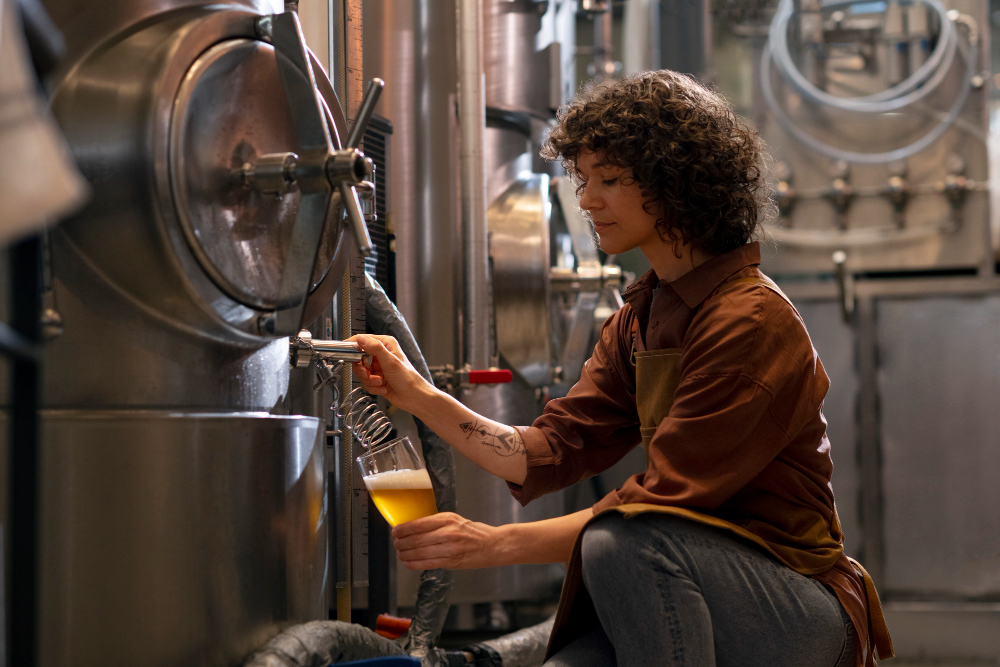
September through October, orchards press juice and bake. One bushel, about 42 pounds of apples, yields roughly 3 gallons of cider. You wash fruit, grind, press, then heat juice to 160°F for 6 seconds if you want pasteurized cider. Hand pies fill with 1/4 inch slices and bake at 375°F for 45 minutes until bubbles show. Pickers explain ladder rules and why bins often weigh 800 pounds. Stay out of row traffic, and keep fingers clear of the press rack when cranking.
6. Sonoma Wood-Fired Farm Pizza Night, California
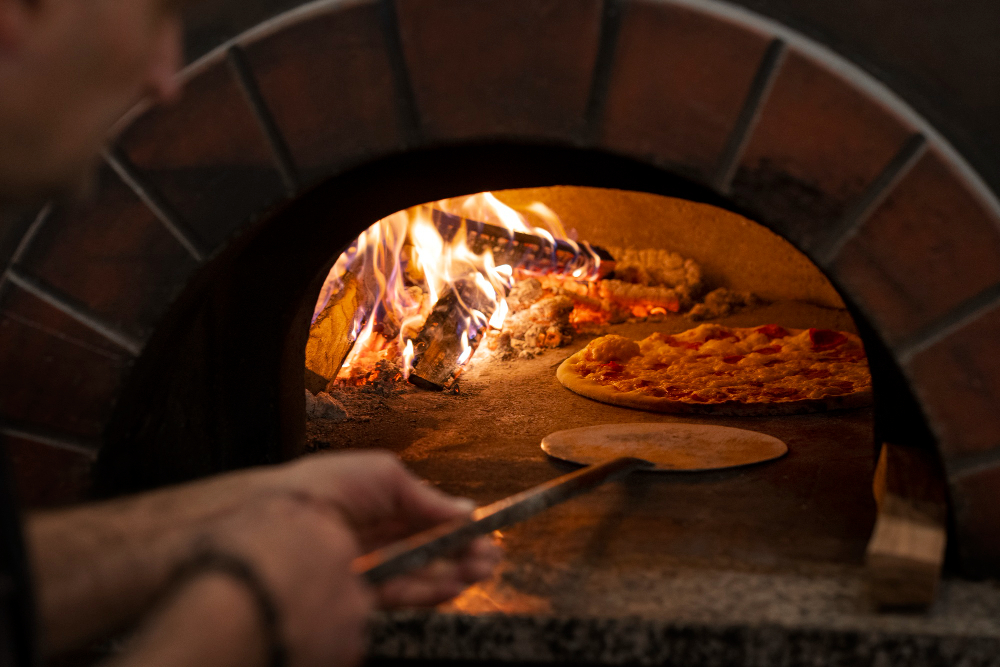
This evening class starts with a garden walk, then dough stretching. A wood oven holds near 750–800°F, so pies finish in about 90 seconds. You learn to proof dough 12–24 hours for better flavor, roast cherry tomatoes at 425°F, and pull mozzarella before it melts into a puddle. Pepperoni and sausage cook to 165°F for food safety. Long peels move pies safely in and out. Wear cotton, not synthetics, near open flame, and keep kids behind the marked line by the hearth.
7. Kona Cacao to Chocolate Bar, Hawaii
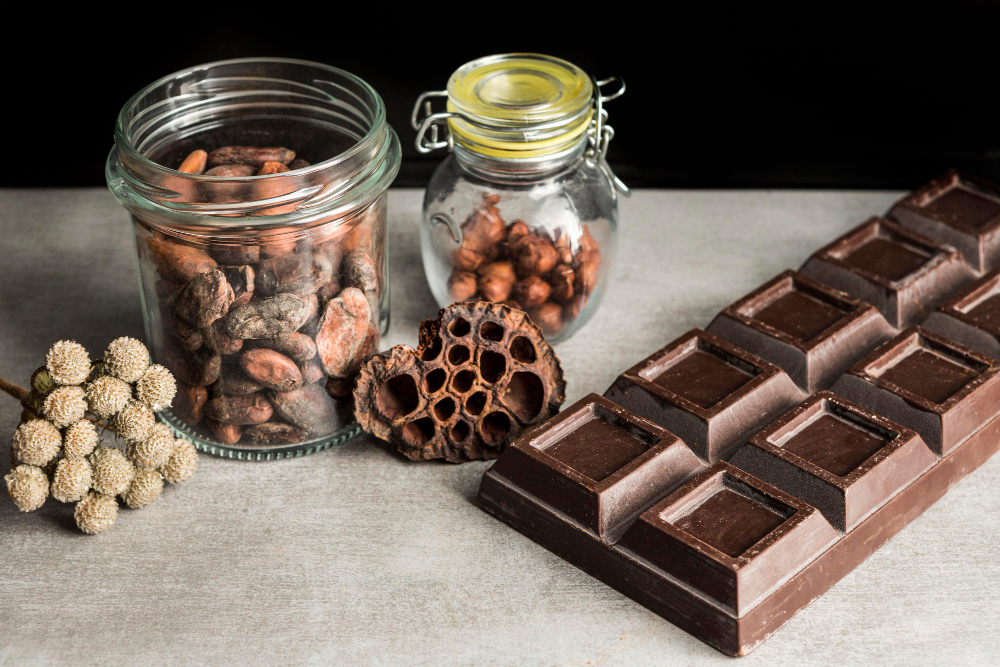
Hawaii’s cacao ripens much of the year, with many farms picking heavily from November to February. Pods split, wet beans ferment in wooden boxes for about 5–7 days, then dry in sun houses. You roast nibs around 250–300°F, grind, and temper dark chocolate near 88–90°F for shine and snap. Labels list percentage and origin, useful for tasting. Farms require clean, closed shoes and no perfume, since strong scents distract during flavor notes. Do not touch drying trays without permission, oils can spoil batches.
8. Hatch Chile Harvest and Salsa Class, New Mexico
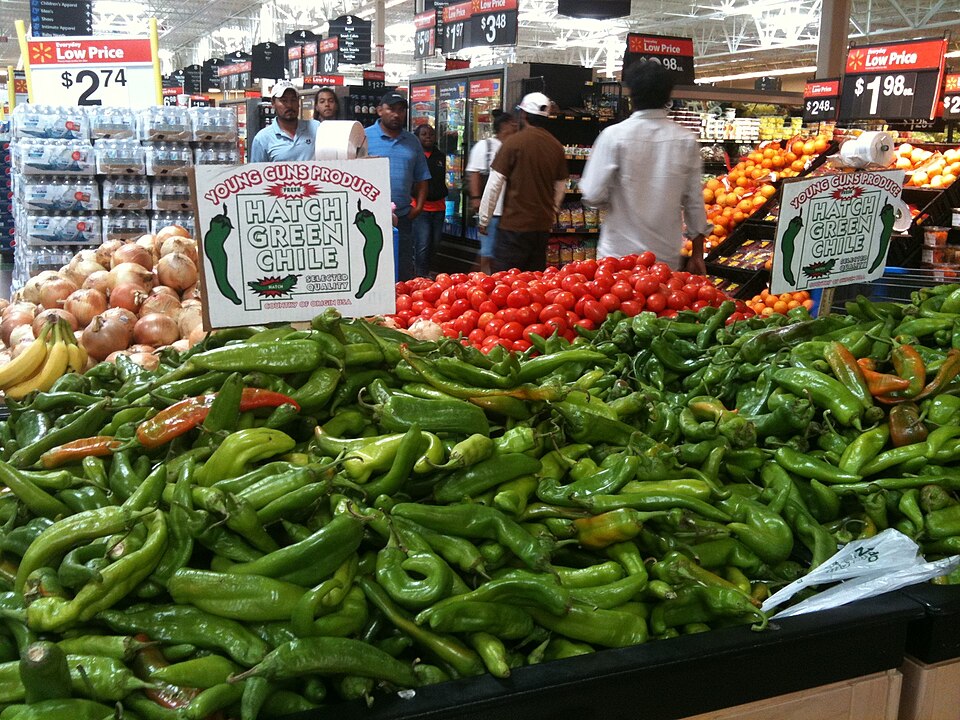
Late August to September, drum roasters tumble Hatch chiles until skins blister in minutes. You learn Scoville levels, often 1,000–8,000 for mild to medium, then steam, peel, and dice for salsa. The kitchen covers knife grip, 1/4 inch cuts, and salt-to-lime ratios that brighten heat. Gloves are required because capsaicin irritates skin and eyes. Keep peppers and raw meats on separate boards, a basic cross-contamination rule. Farmers explain frost risk at 32°F and how wind can push roaster sparks, so follow staff zones.
